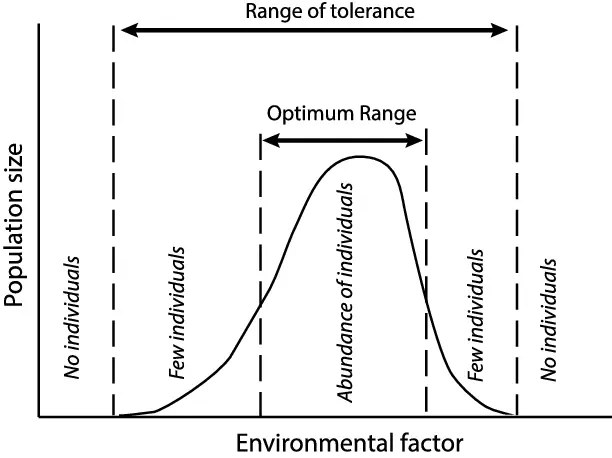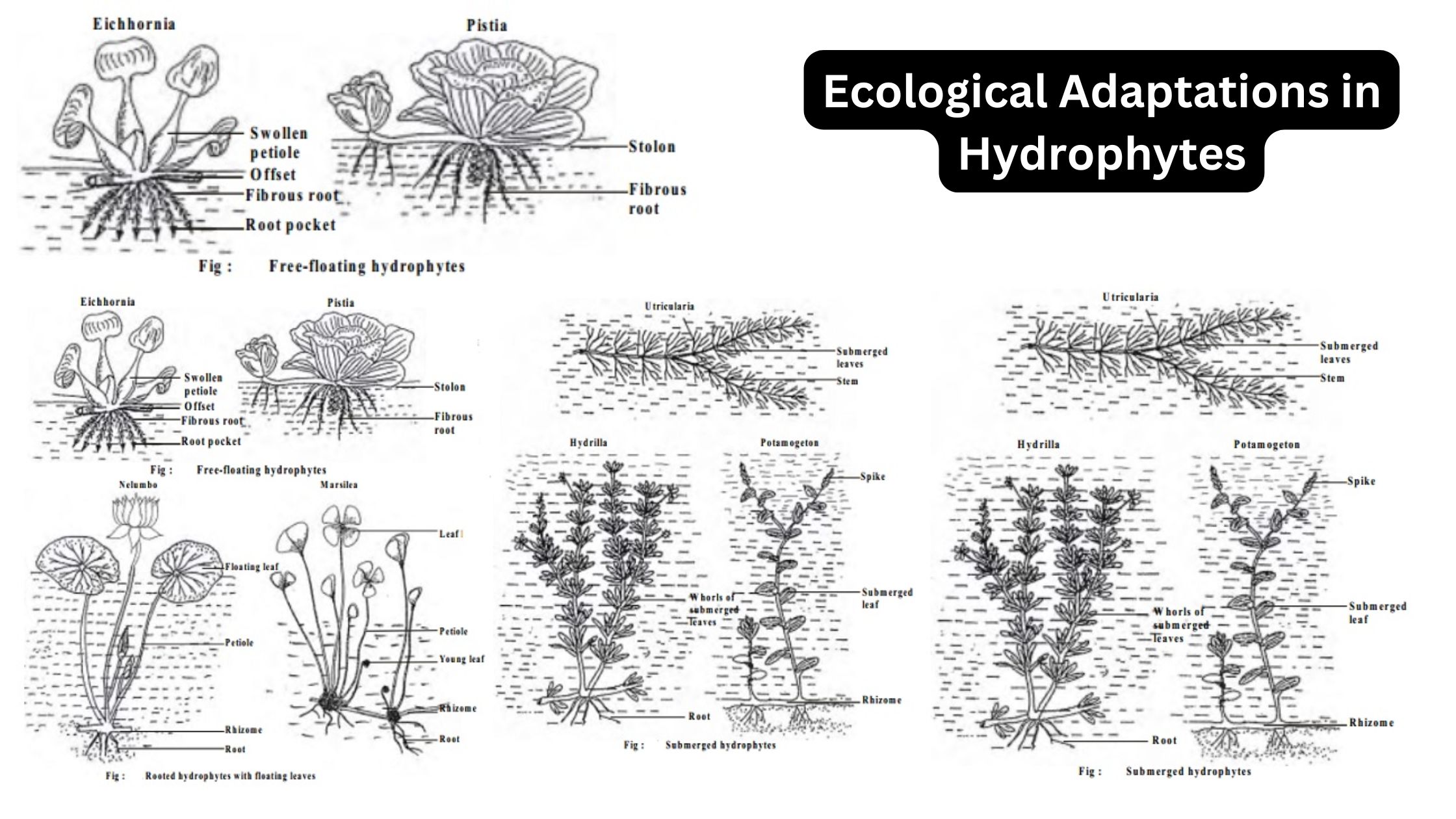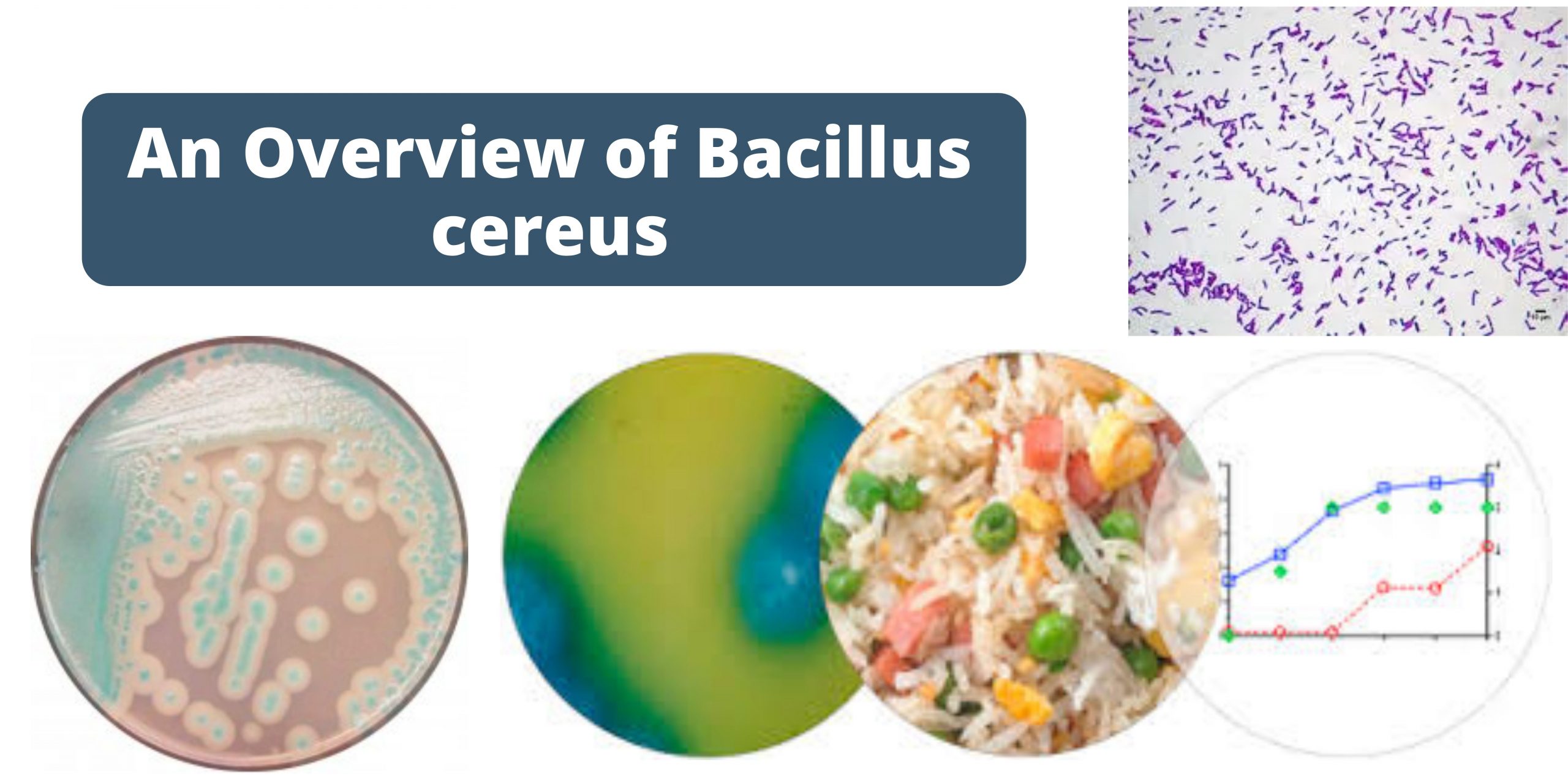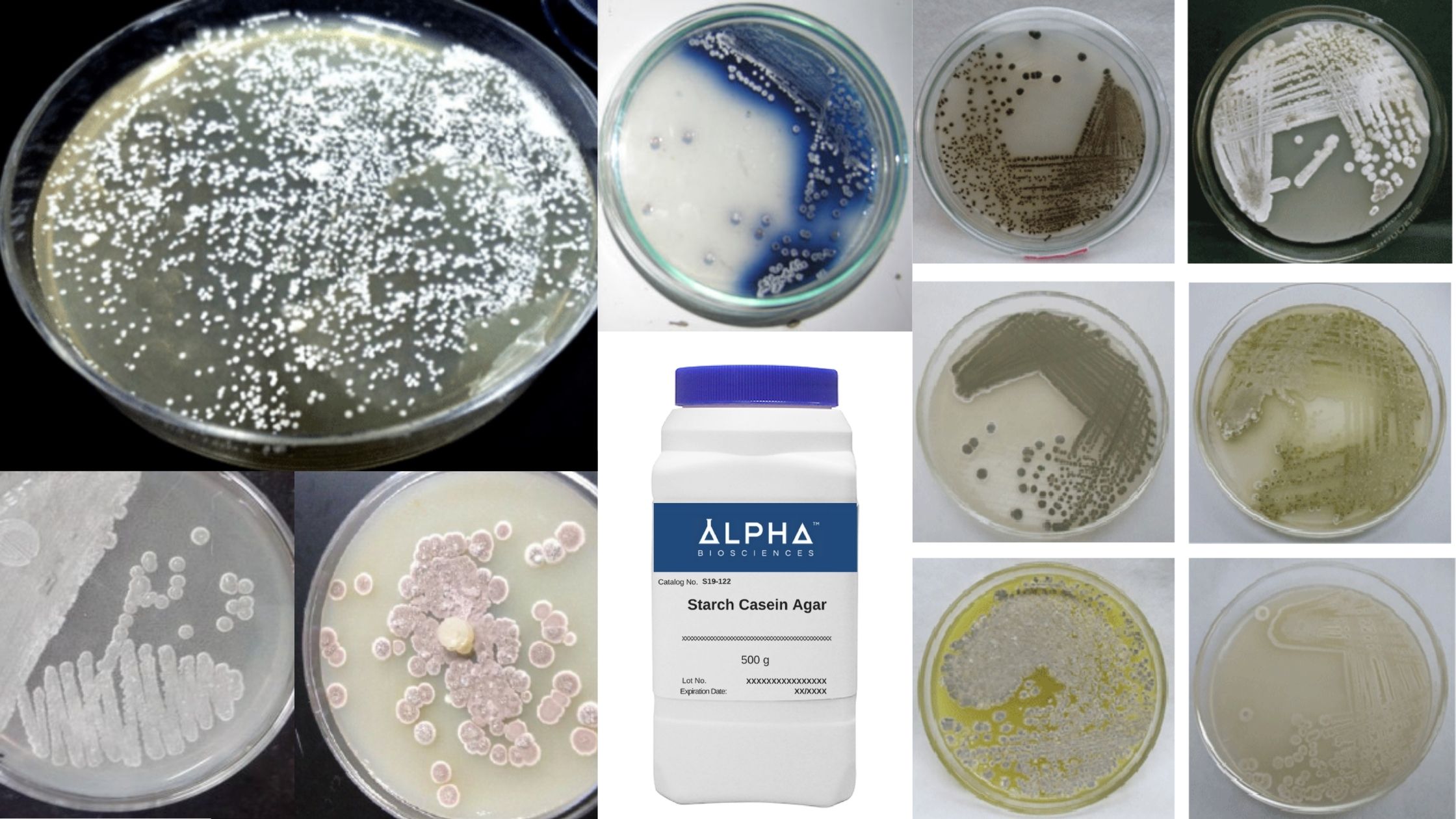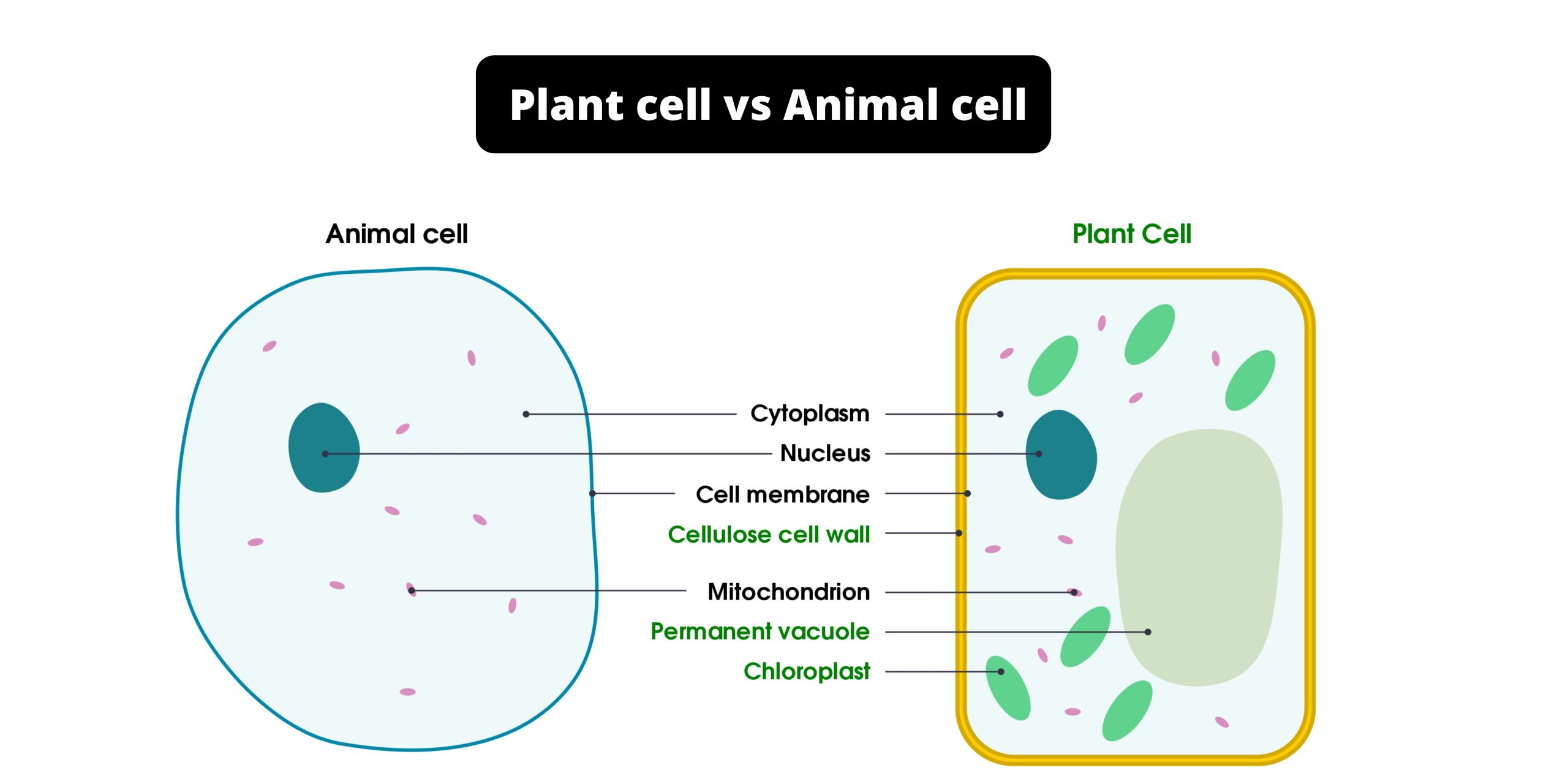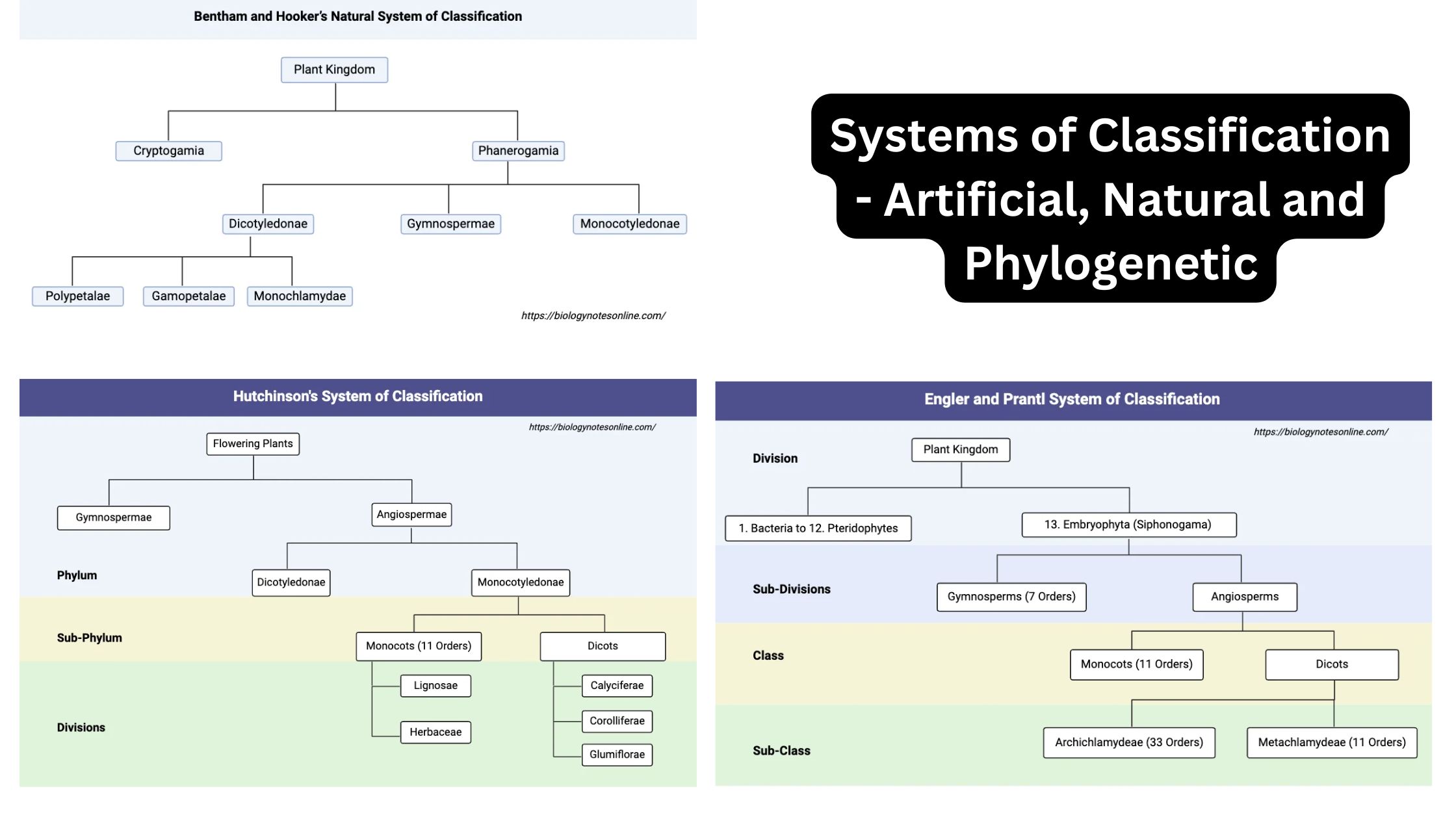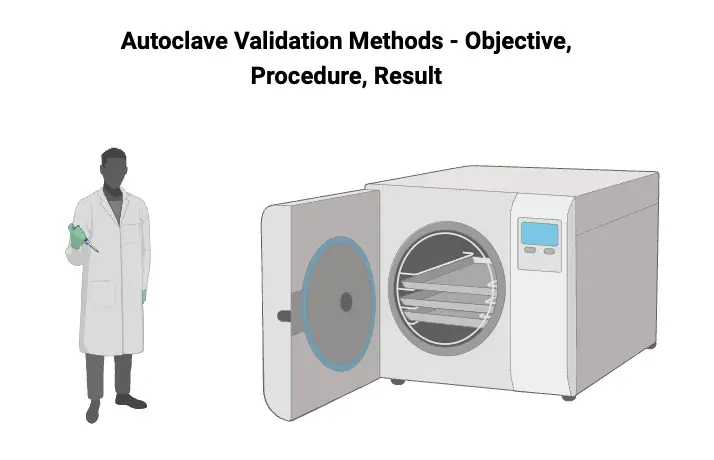Shelfords Law of Tolerance – Principles, Limiting Factors, Importance
What is Shelfords Law of Tolerance? Shelfords Law of Tolerance Shelford’s Law of Tolerance, formulated by Victor Ernest Shelford in 1911, outlines the relationship between organisms and their environmental conditions. The law is a key principle in ecology, describing how the success and distribution of organisms are influenced by their tolerance to various environmental factors. … Read more
